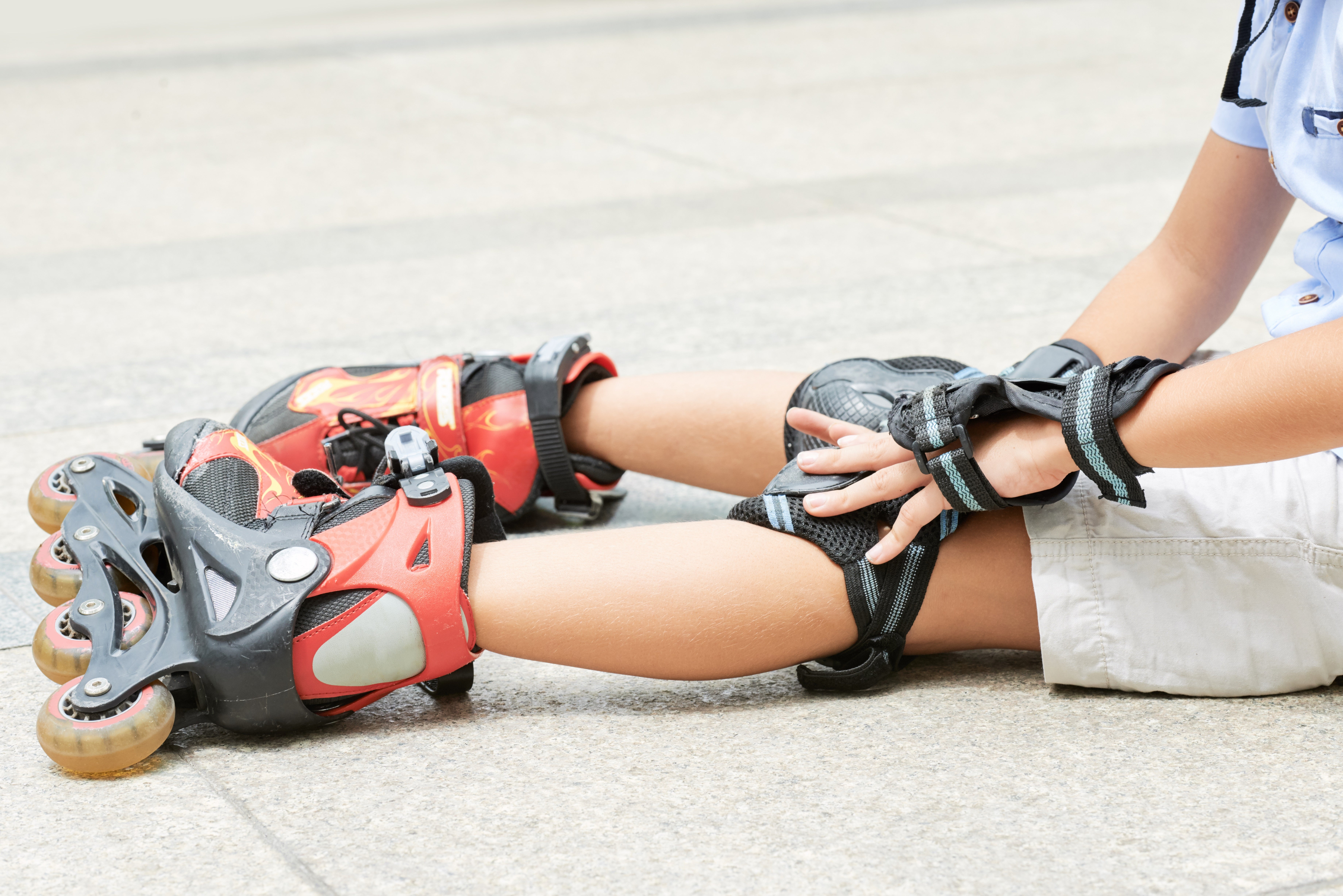Part of the magic and wonder of the holiday season is seeing children’s delight as they open a special gift from their toy wish list.
Yet, toy injuries can put a damper on holiday fun.
The Consumer Product Safety Commission (CPSC) reports, “An estimated 209,500 toy-related emergency department-treated injuries and 11 toy-related deaths occurred in 2022 among children 14 years of age and younger.”
 WakeMed’s Medical Director for the Children’s Emergency Department, Damilola Joseph, MD, says the major uptick in toy-related injuries happens right around the holidays. This makes sense considering approximately 60 percent of all toy purchases in the United States occur between Black Friday and Christmas.
WakeMed’s Medical Director for the Children’s Emergency Department, Damilola Joseph, MD, says the major uptick in toy-related injuries happens right around the holidays. This makes sense considering approximately 60 percent of all toy purchases in the United States occur between Black Friday and Christmas.
Dr. Joseph urges parents to take several precautions to make sure their holiday fun isn’t spoiled by visits to the emergency room.
Here are a few of his tips:
Get the right safety equipment for the toy.
Bikes, skis, roller skates and snowboards all have safety equipment. Parents shouldn’t skimp when it comes to these additional purchases. Protective head gear, for example, is adapted for the type of equipment the child is using, so parents should get the proper protective equipment for each one.
Buy toys in the recommended age range of the child.
Some children are tall for their age or have better fine motor skills than other children their age. Regardless, toy manufacturers use strict safety standards to help determine the age appropriateness of a toy. If a toy is recommended for children 10 and up, parents shouldn’t buy this toy for younger children, even if older siblings have introduced them to it.

Check toys to make sure no pieces can come off.
Toys may have small pieces that can come off, and children can put them into their mouths. The CPSC notes that most toy-related deaths are associated with choking on small parts.
Watch out for not-so-obvious dangers when visiting.
The holidays are prime time for visiting loved ones, and many of them may not have young children living in their homes. This presents safety risks to visiting children. Parents should be mindful that medications and cleaning supplies are secured and out of reach. They should also be vigilant about watching their children at play since they may be in danger of running into sharp corners on furniture and putting objects into electrical outlets.
More Tips from Safe Kids Wake County
Ultimately, parents must do their due diligence to make sure children’s toys are safe before they purchase them or allow their children to play with them. Christina Carmichael, WakeMed’s Injury Prevention Representative along with Safe Kids Wake County, urge parents to remain cautious by putting in a little extra work to keep their kids safe.
- Before shopping for toys, consider the child’s interest and skill level. A fun, but inappropriate toy for a particular child can be dangerous.
- Understand that there are inherent developmental dangers that make it ciritical to purchase age-appropriate toys.
- For babies (0-1) and toddlers (2-3), parents should read instructions and warning labels and purchase toys from reputable outlets that are too large to put in the mouth.
- For young children (4-7), parents must ensure the toy materials are nontoxic with no sharp points or edges. Children should not play with toys that have electrical parts without adult supervision.
- For older children (8-10) and tweens (11-13), parents should ensure that physical abilities, such as large and fine motor skills, are refined.
- Make sure toys intended for older children are stored separately from those for younger children.
- Check regularly for damage and immediately make any necessary repairs or discard damaged toys out of the reach of children. Toys with broken off parts or loose cords can lead to choking or strangulation.
- Actively supervise children when they are playing with riding toys as well as any toy that has small balls, small parts, magnets, electrical or battery power, cords and strings, wheels or any other potential hazard. Simply being in the same room as a child is not necessarily supervising. Active supervision means keeping the child in sight and in reach while paying undivided attention.
- To stay informed about harmful products in the marketplace, parents can go to www.recalls.gov and sign up for email alerts on recalled children’s products. If a new toy comes with a product registration card, mail it in right away, so the manufacturer can send communications if the item is ever recalled. Also, before bringing a particular toy home, read consumer reviews.
- If secondhand toys are purchased or received from friends or relatives, Safe Kids Wake County advises parents to visit www.cpsc.gov and make sure the toy hasn’t been recalled for safety reasons. Used toys should also be in good condition with all original parts and packaging, if possible.
Safe Kids Wake County works to prevent unintentional childhood injury, the leading cause of death and disability to children ages 1 to 14. Safe Kids Wake County, founded in 1996, is a member of Safe Kids Worldwide, a global network of organizations dedicated to preventing unintentional injury and is led by WakeMed Health & Hospitals.
